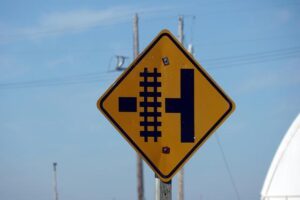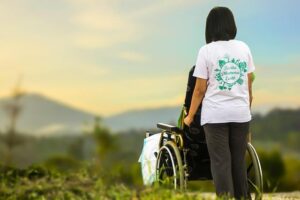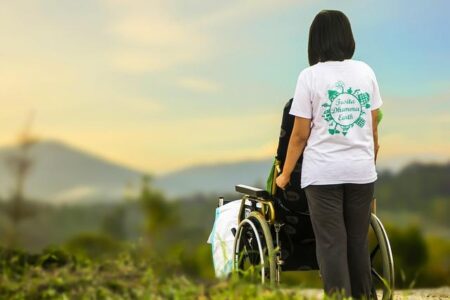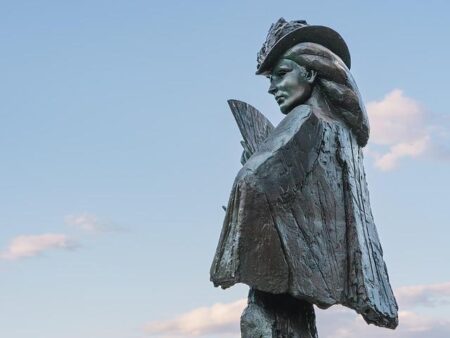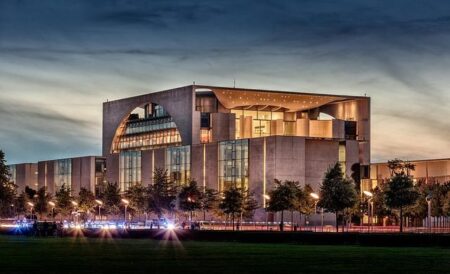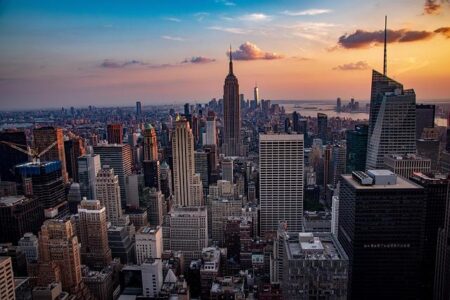New Challenges and Resilience: The Future of Jewish Communities in New York City
Escalating Social Strains and Their Effects on Jewish Neighborhoods
In recent years, New York City’s Jewish populations have encountered a troubling rise in antisemitic acts, ranging from harassment to property damage. Neighborhoods across Brooklyn, Queens, and Manhattan report an uptick in threats against synagogues and community centers, sparking widespread concern among residents and leaders. This surge in hostility not only threatens physical safety but also undermines the sense of belonging that has long defined these communities.
Authorities face the delicate task of safeguarding civil liberties while enhancing security measures, a balance that remains difficult amid growing tensions. The consequences extend beyond immediate dangers, influencing social participation and cultural vibrancy. Many families now hesitate to engage in public gatherings, wary of potential confrontations, which risks reversing years of progress toward integration and mutual respect.
- Increased vigilance: Jewish households and institutions are investing more heavily in private security solutions.
- School-related challenges: Jewish students report a rise in bullying and exclusion within educational settings.
- Economic impact: Local Jewish-owned businesses face discrimination and a decline in customer traffic.
| Year | Documented Antisemitic Incidents | Increase in Security Spending |
|---|---|---|
| 2021 | 120 | 15% |
| 2022 | 178 | 30% |
| 2023 | 240 | 50% |
Historical Context: Cycles of Inclusion and Exclusion
Jewish communities in New York City have historically navigated complex patterns of acceptance and marginalization shaped by economic, political, and social forces. The early 20th century saw flourishing immigrant enclaves enriched by cultural institutions such as Yiddish theaters and schools. However, mid-century urban renewal projects often displaced these communities, fracturing established networks and contributing to economic instability.
Political shifts frequently left Jewish voices underrepresented in local decision-making, intensifying feelings of alienation. Efforts to maintain cultural traditions sometimes created unintended social divides, complicating relationships with neighboring groups. These dynamics have contributed to persistent social fragmentation, echoing into the present day.
- Economic upheaval: Post-war redevelopment disrupted Jewish neighborhoods, leading to displacement and loss of community hubs.
- Political sidelining: Changes in governance structures often marginalized Jewish participation in civic affairs.
- Cultural preservation challenges: Maintaining identity sometimes reinforced social separations.
| Era | Community Dynamics | Significant Milestones |
|---|---|---|
| 1920s | Expansion of immigrant Jewish neighborhoods | Growth of Yiddish cultural institutions |
| 1950s | Displacement due to urban renewal | Closure of key synagogues |
| 1980s | Heightened inter-community tensions | Emergence of advocacy organizations |
| 2000s | Greater cultural assimilation | Use of digital media to strengthen identity |
Grassroots Efforts: Building Safety and Solidarity
In response to these challenges, Jewish communities across New York City have mobilized a variety of grassroots initiatives aimed at enhancing security and fostering inclusivity. Educational programs combat stereotypes and misinformation, encouraging dialogue between diverse groups. Partnerships between synagogues, community centers, and law enforcement have introduced safety measures such as neighborhood patrols and self-defense workshops tailored to community needs.
- Interfaith engagement: Forums and dialogues designed to cultivate understanding and trust among different religious and ethnic groups.
- Cultural celebrations: Events that highlight shared histories and values, promoting unity.
- Youth mentorship: Programs focused on nurturing respect and inclusion among younger generations.
| Program | Main Objective | Areas Served |
|---|---|---|
| Neighborhood Safety Patrols | Increase community surveillance and deterrence | Brooklyn, Queens |
| Interfaith Harmony Forums | Promote education and dialogue across faiths | Manhattan, Bronx |
| Youth Inclusion Circles | Mentorship and fostering inclusive attitudes | Citywide |
Strategic Policy Actions to Combat Antisemitism and Enhance Unity
Addressing the rise in antisemitic incidents requires a multifaceted policy approach. City officials should prioritize comprehensive educational initiatives that illuminate the historical and cultural contributions of Jewish New Yorkers. Integrating these topics into school curricula and community programs can foster empathy and reduce prejudice.
Law enforcement agencies must receive specialized training to identify and respond swiftly to hate crimes, ensuring victims feel protected and supported. Establishing community councils with representatives from diverse backgrounds can facilitate real-time monitoring of incidents and coordinate effective responses. Public campaigns promoting messages of solidarity and respect are essential to counter divisive rhetoric and encourage collective action.
| Policy Measure | Purpose | Anticipated Impact |
|---|---|---|
| Inclusive Curriculum Development | Raise awareness of Jewish heritage and history | Decrease in youth bias and discrimination |
| Specialized Police Training | Enhance detection and handling of hate crimes | Improved investigation speed and community trust |
| Community Advisory Boards | Strengthen communication between groups | Timely intervention and conflict resolution |
| Public Unity Campaigns | Promote anti-hate messages and social cohesion | Increased public engagement against discrimination |
Final Reflections: Upholding Diversity and Inclusion in NYC
As New York City continues to transform, the experiences of its Jewish communities serve as a vital indicator of the city’s overall social health. While the threat of alienation is not unprecedented, the current climate calls for urgent and sustained attention from policymakers, community advocates, and residents. Moving forward, fostering open dialogue, reinforcing support networks, and committing to inclusive policies will be essential to ensuring that all New Yorkers can live free from fear and exclusion. Through collective effort, New York can maintain its legacy as a beacon of diversity and acceptance for future generations.

